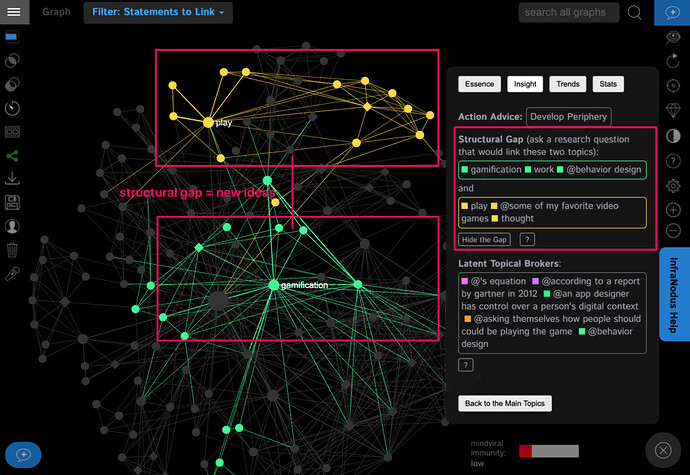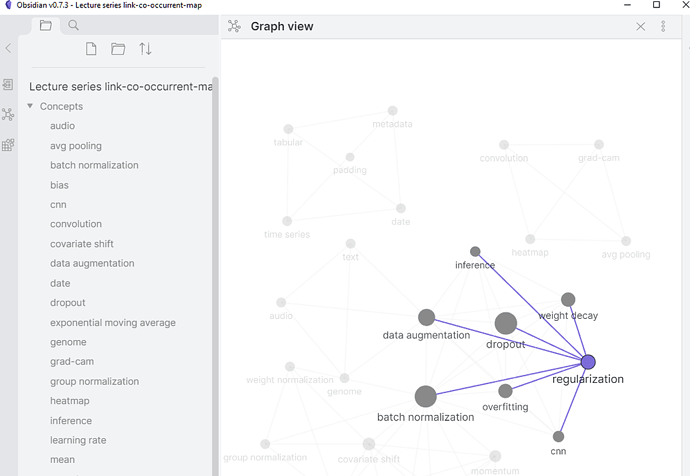Hi Everyone,
Someone was kind enough to point me to this great question on the forum and asked me to comment. I had success in getting a peer-reviewed research article accepted for publication at the top journal in my field by mostly using Obsidian! It helped me to take what should have been a multi year research to just a few months. You can learn more about the research aspect of it here: https://youtu.be/P3Hlo1DMdQQ
As far as the drafting part, I wasn’t able to elaborate too much so I will provide some of my thoughts here. Feel free to ask any follow up questions!
Drafting was one of the best parts of Obsidian. My article, which is about 13k words, has 105 notes and many articles, chapters, monographs, etc. from a wide range of disciplines. At times it was very overwhelming.
For me personally, I never found some of the features of Obsidian and even Roam practically useful (e.g., the visual graph). The features were impressive certainly, but it didn’t actually add direct value to my research/writing process. (Feel free to offer suggestions, however; I’m probably under-utilizing Obsidian!)
So the way I used Obsidian was more like a tool. The flow of drafting/writing was still the traditional way:
- Make a list of key points that I think are original to scholarship
- Organize those key points in a way that is logical and that flows within existing scholarly discourses
- Organize these same points (and I probably need to add a few points) in a way where it can look like a research article. This is the tentative outline that I will begin with.
I do all of this with multiple panes in Obsidian so that I can write my outlines and lists while still being able to access my notes, etc. If I have been able to write good notes (see video on what I mean by that: helpful abstracts, linking to other ideas along the way, etc.), then I should be able to fill each one of the points in my outline/list with the notes on various articles, chapters, monographs, etc. And in those notes, I should also have links to other potentially relevant ideas.
Then all of a sudden, I have a robust outline of my paper with each outline item filled with the literature that I will most likely have to quote/cite.
Then I begin to write my draft, which is basically an iteration of what I’ve mentioned above. That is, each outline item is further divided into its own outline (but now the outline items here are sections and then subsections and then eventually paragraphs). So in the end, I’m atomizing my overall argument into sections, into subsections, into paragraphs, and ultimately into sentences. And at every step, I have all of my notes that are succinctly summarized with salient points and with links to other relevant literature to make it easier for citations.

 )
)
